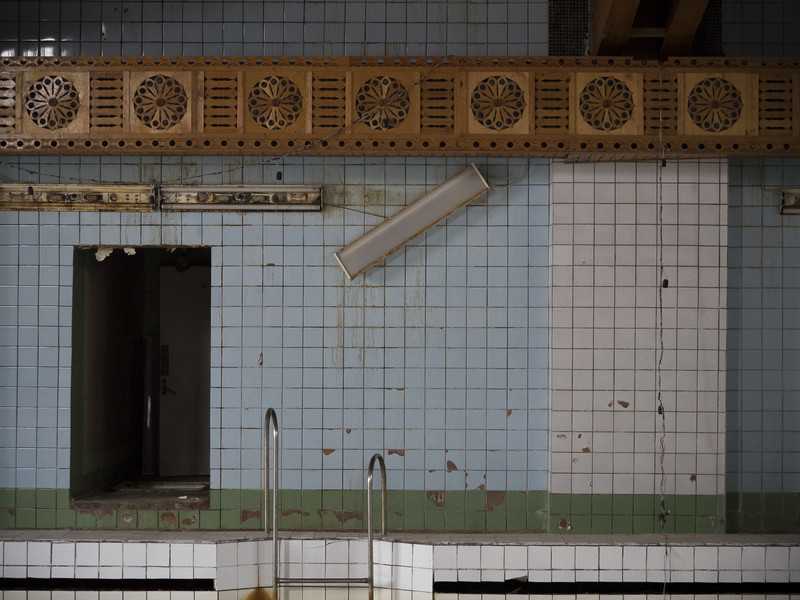Pyramiden
© Tine PoppeEverything was Forever, Until it was No More.
REMNANTS OF A RUSSIAN UTOPIA
In 2006 Alexei Yurchak wrote the book "Everything was Forever, Until it was No More: The Last Soviet Generation", about the paradoxes of life in the Soviet Union during the 20 years before it collapsed. He argues that everyone knew the system was failing, but as no one could imagine any alternative to the status quo, politicians and citizens were resigned to maintaining a pretence of a functioning society.


The ghost town Pyramiden (The Pyramid) was a Russian settlement and coal-mining community founded in 1927 in the Arctic, close to the Nordenskiold glacier at Svalbard, which is situated half way between Norway and The North Pole. The best Soviet architects and planners created a costly arctic utopia, where dreams of prosperity from coal mining and ideals about sports, education and health could thrive . At its peak, Pyramiden had over 1,200 inhabitants, including workers and their families, a hospital, kindergarten and schools, hotel, all sports facilities and a theatre. The dream had failed by 1998, and the Russians could not afford to keep Pyramiden going. Two years earlier Pyramiden had been struck by a catastrophic accident, when 141 of the coal miners were killed in a plane from Moscow that crashed into the Opera Mountain at Svalbard. In March 1998, the last coal was extracted from the mine and the settlement was abandoned in a hurry leaving behind its nightmares and its dreams.
Global warming and disappearing ice has made it more difficult for polar bears to move between the islands of the archipelago, and in the recent years Pyramiden has become a popular spot for polar bears. Being armed is prohibited when visiting the ghost town.
click to view the complete set of images in the archive







